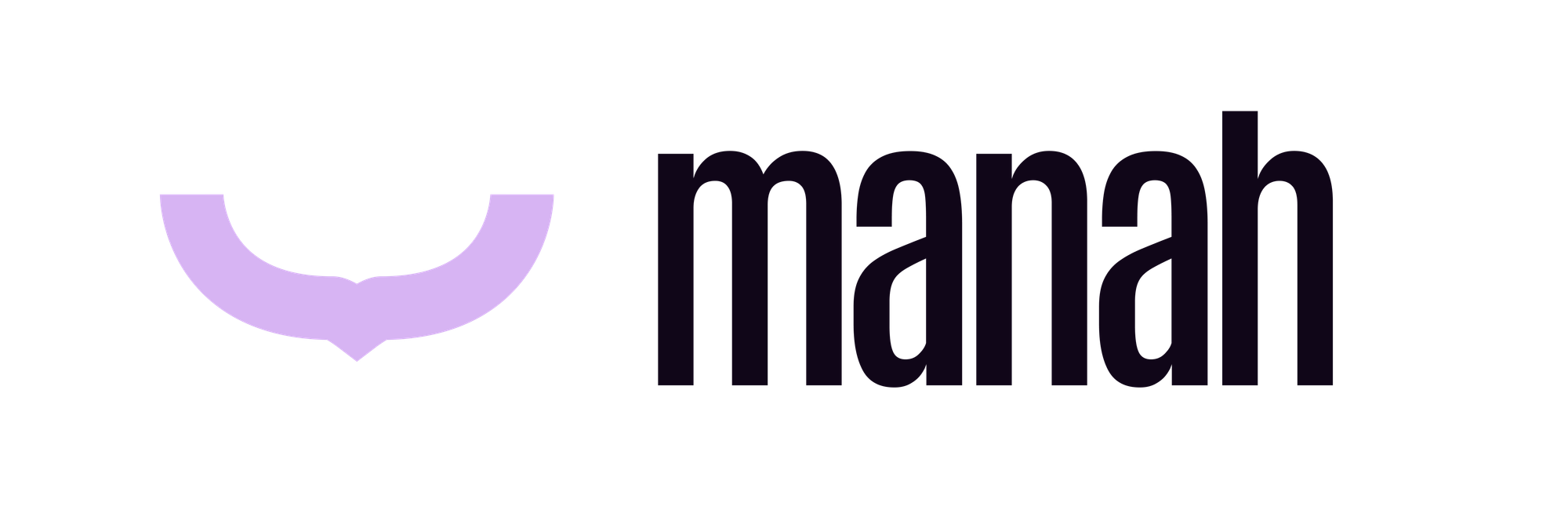Your program needs the AI punch

Dear Leaders,
Ever since the employee mental wellbeing program has moved from its focus on those who are emotionally vulnerable and broadened its scope to include the mental wellbeing of each employee, activities carried out as part of the program have aimed to achieve higher engagement. Be it a meditation session or a mindfulness training program, organizations want more participation.
Organizations employ several methods to achieve greater participation. Impactful internal communication campaigns, identifying and introducing mental wellbeing activities that would be relevant to the employees, conducting surveys to collect suggestions from the employees and inviting experts are a few of these steps. Of course, they have delivered good results in increasing participation.
It, therefore, should not be a surprise if higher employee participation in mental wellbeing activities is what your goal for 2025-26 is.
However, if there’s one fabulously new thing that you may want your employee mental wellbeing program to do in the coming year, it would be the adoption of Artificial Intelligence (AI). A lot is being spoken about AI and its growing applicability. Your employee mental wellbeing programs wouldn’t want to be left behind.
AI tools, if picked and applied intelligently, can significantly add value to the decision you would need to make for the employee mental wellbeing program. Such tools can be particularly relevant if your program has been running for some time and is all set to leap into the next level of maturity.
One of the biggest challenges of the employee wellbeing program is to get the employees to decide to use the EAP services. It takes a lot of effort to remove the apprehensions employees have in reaching out to mental health professionals for their emotional health issues. An AI-powered chatbot can be the perfect catalyst that can answer their questions and make them feel safe to seek the help of a psychologist.
AI can be used to conduct regular mood checks among employees and make appropriate recommendations for activities they should carry out. Of course, these data can be great information sources for the custodian of the program to curate future initiatives.
Power the AI engine with all the past and present data, such as demography, types of activities conducted, usage patterns, feedback collected, trends and moods. It can add wings to your employee mental wellbeing program. For instance, you can customize mental wellbeing initiatives for each employee cohort in the organization.
AI can open up immense possibilities to significantly scale up the employee mental wellbeing program in efficiency, quality and impact. However, its success lies in the information and content that the tool relies on. Feeding the AI engine reliable, verified and correct content and data is key.
Wishing your employees' mental wellbeing program greater success in the coming year.
